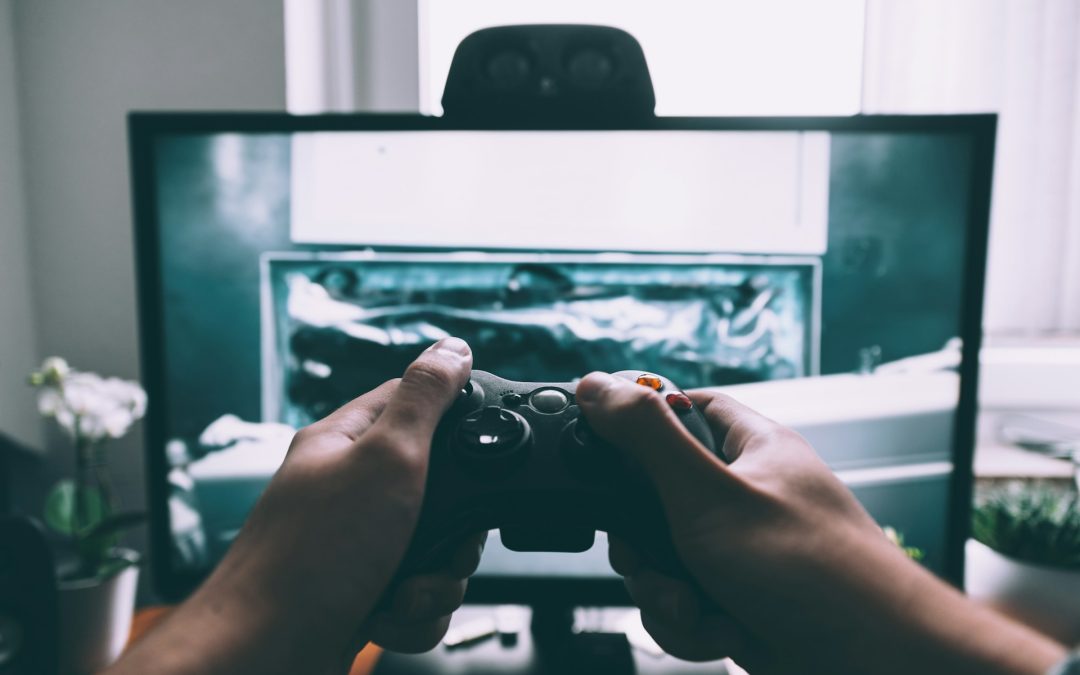Mastering trademark strategies can elevate your indie game’s global presence and open doors to increased revenue through brand recognition and licensing opportunities. By protecting your game’s unique identity, you’re not just securing legal rights but you’re paving the way for a successful international launch!
The Taipei Game Show which will be held on January 25-28th , 2024 in TaiNEX 1 Taipei – Taiwan, is an annual event that garners attention from across the global gaming industry. For game developers, particularly indie studios and emerging players, this event is more than a showcase, it’s a gateway to international markets where the role of trademarks becomes more important. Securing a trademark not only protects a game within local markets but also serves as a foundational step for global expansion.
Why Trademark Matters in Video Games
In the gaming industry, trademarks extend far beyond protecting a game’s title or logo, they encompass a wider range of intellectual property aspects. These trademarks are more than just legal instruments, they are crucial components of a game’s brand identity and market positioning. They safeguard various elements of a game, including its title, logo, names of characters, and even unique catchphrases.
In a highly competitive market, the right trademark can set a game apart, elevating it from being just another title in the market to a widely recognized brand. Effective trademark protection not only preserves a game’s unique identity but also its creative core, a critical aspect in an industry rich with creativity and competition. For indie game developers, transforming a simple idea into a brand that’s acknowledged worldwide is a challenging yet essential journey. Having a trademark enhances a game’s credibility and attractiveness to potential distributors and collaborators that signals professionalism and commitment.
A Roadmap to Trademark Strategy
- Conduct Comprehensive Research
Before applying for a trademark, conduct thorough research to ensure your game’s title or logo doesn’t infringe on existing trademarks. This includes searching international databases, utilize international trademark databases like WIPO’s Global Brand Database, the European Union Intellectual Property Office (EUIPO), and the United States Patent and Trademark Office (USPTO) to search for existing trademarks.
- Copyright and Trademark Distinctions
It’s important to understand the difference between copyright and trademark protection. While trademarks protect brand identifiers like names and logos, copyrights protect creative works within the game, such as artwork, music, and storylines. Both forms of protection are crucial for a game’s success.
- Understanding Trademark Classification
Video games fall primarily under Class 009 of the Nice Classification, covering computer software. However, it’s crucial to recognize that different aspects of a game, like its machinery, may be classified differently, such as under Class 028. Recognizing the correct classification is vital for effective IP protection.
- Understanding Regional Differences
Trademark laws vary significantly across different countries. What’s protected in one may not be in another. For instance, some countries operate on a “first-to-use” basis, while others are “first-to-file.” Furthermore, be aware of cultural nuances and linguistic implications of your game’s name in different regions. - Secure Your Trademark Early
Apply for your trademark as early as possible. The process can be time-consuming, and early registration prevents potential conflicts and rebranding hassles. Filing early can grant you priority over others in many jurisdictions. This early bird strategy can be pivotal in avoiding costly disputes. In some countries, you can file a provisional application, securing your filing date while giving you additional time to complete your application. Once you file, you can start using the ™ symbol with your game’s name, indicating your intent to protect it as a trademark.
- Monitor and Enforce Your Trademark
Protecting a trademark is an ongoing process. Developers need to monitor their trademarks and enforce their rights to prevent unauthorized use, especially as they expand into global markets. This is crucial in maintaining the integrity and value of their brand.
- Leverage Your Trademark
Finally, remember that a trademark is not just legal protection, it’s a branding tool. Use it in marketing and promotions to build a unique identity for your game, foster brand loyalty and recognition among gamers. It can open doors to licensing opportunities, merchandising, and collaborations, thereby enhancing revenue streams and market presence.
In conclusion, the strategic use of trademarks is essential for indie games aiming for global success, as showcased in the Taipei Game Show. Understanding and utilizing IP rights particularly trademarks, elevates a game’s market positioning and opens up avenues for revenue generation and international recognition. In this journey, AIPLUX emerges as a valuable ally. With its AI-technology platform, AIPLUX simplifies the complex process of trademark application, offering tailored insights and risk analysis to increase application success rates. This innovative approach is particularly beneficial for indie game developers, providing them with the tools needed to protect their creative assets efficiently and navigate the global gaming landscape with confidence.
